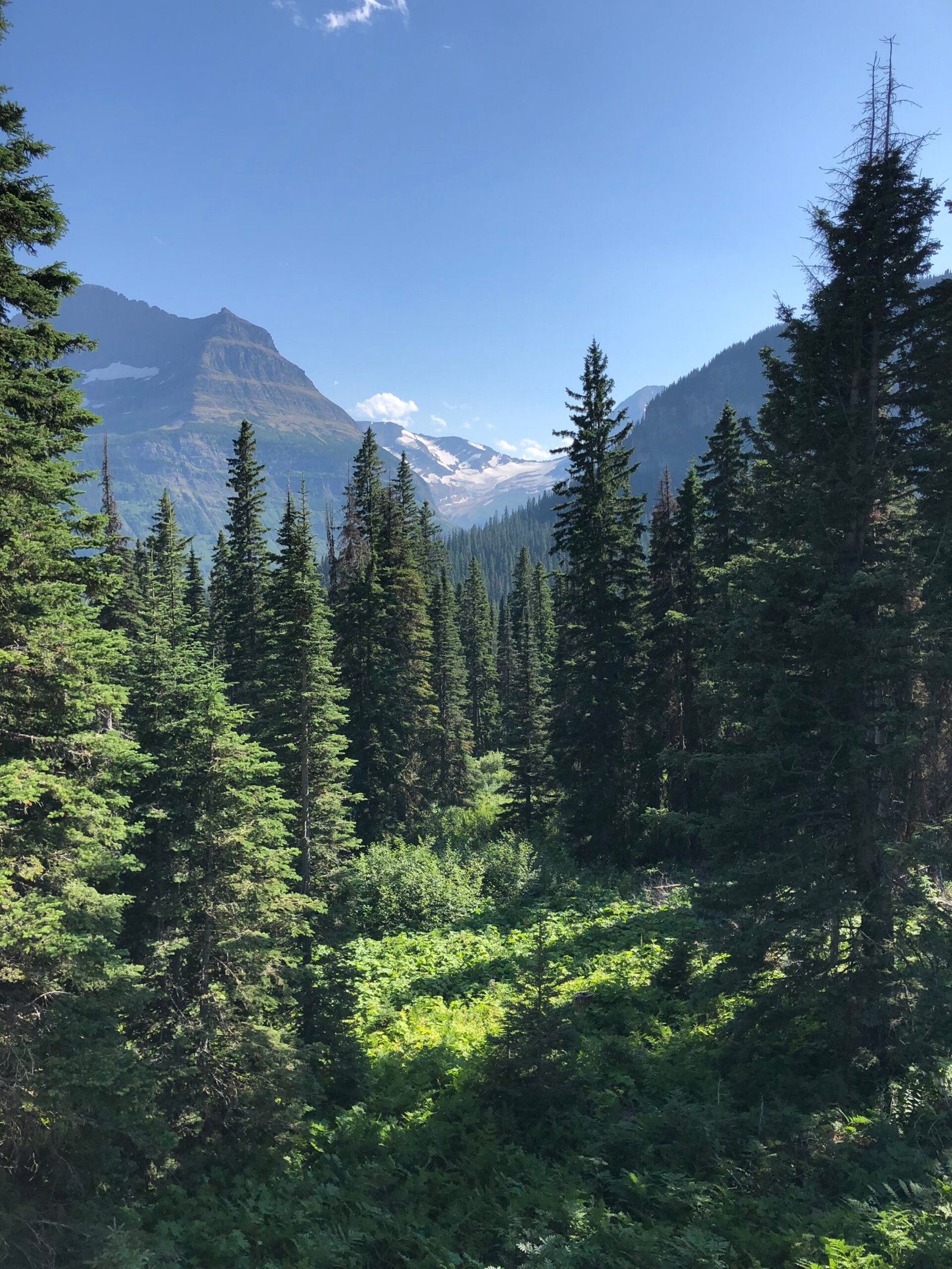Glacier National Park is home to diverse birds of prey, including golden eagles and sharp-shinned hawks. These raptors play crucial roles in the park’s ecosystem. Golden eagles, once abundant with 49 active nests in the mid-1990s, faced a decline but are now recovering. The park’s rugged terrain and varied habitats provide ideal conditions for these majestic birds. Conservation efforts and citizen science programs are helping to monitor and protect these species, ensuring their continued presence in this stunning wilderness.
What Species of Birds of Prey Can Be Found in Glacier National Park?

Glacier National Park hosts several species of birds of prey, each with unique characteristics and behaviors. Here’s a detailed look at some of the prominent raptors:
Golden Eagles
Golden eagles are among the most iconic birds of prey in Glacier National Park. These majestic birds have specific nesting and hunting habits:
- Nesting Habits:
- Build nests exclusively on mountain cliff ledges with overhangs and in rock crevices
- Nests typically measure 10-12 feet wide and up to 15 feet deep
-
Maintain multiple nests in a territory, rotating between them annually
-
Hunting Behavior:
- Prefer open ground below their nests for hunting
-
Primary prey includes marmots, ground squirrels, ptarmigan, and grouse
-
Breeding Cycle:
- Lay 2 eggs per clutch
- Both parents participate in incubation and chick protection
- Chicks develop over 2-3 months
-
Fledging occurs around the third week of August
-
Migration:
- Fall migration peaks from October 10th to 17th
Sharp-shinned Hawks
While less common than golden eagles, sharp-shinned hawks are another notable raptor species in the park:
- Prevalence: More frequently spotted in specific areas like Jewel Basin
- Sightings: Comprise more than half of all raptor sightings in certain locations
- Habitat: Prefer forested areas for nesting and hunting
Where Are the Best Locations to Observe Raptors in Glacier National Park?


For birdwatchers and nature enthusiasts, Glacier National Park offers several prime locations for observing birds of prey:
- Mount Brown
- Official hawk watch site established in 2018
-
Important migration corridor for golden eagles
-
Jewel Basin
- Part of the Montana Hawk Watch program
-
Known for sharp-shinned hawk sightings
-
Mountain Cliffs and Valleys
- Ideal for spotting golden eagles during hunting activities
When Is the Best Time to Observe Birds of Prey in the Park?
To maximize your chances of spotting raptors in Glacier National Park, consider these optimal viewing times:
- Early Morning: Raptors are often active at dawn, beginning their daily hunting routines
- Late Afternoon: Many birds of prey take advantage of thermal currents for soaring and hunting
- Fall Migration Period: Particularly good for observing golden eagles (peak: October 10-17)
What Equipment Should Birdwatchers Bring?
For a successful birdwatching experience in Glacier National Park, consider bringing the following equipment:
| Equipment | Purpose |
|---|---|
| Binoculars | Essential for scanning cliffs and distant observations |
| Spotting Scope | Allows for detailed viewing and species identification |
| Camera | Documenting sightings and capturing images |
| Field Guide | Aids in identifying various raptor species |
| Weather-appropriate Clothing | Ensures comfort during long observation periods |
How Has the Raptor Population Changed in Glacier National Park?
The raptor population, particularly golden eagles, has undergone significant changes in recent years:
- Mid-1990s: 49 active golden eagle nests recorded
- 2020: No known active nests
- 2021: One active nest discovered
- 2023: Seven active nests located with citizen scientist assistance
This data indicates a concerning decline followed by a recent recovery, highlighting the importance of ongoing conservation efforts.
What Conservation Efforts Are in Place for Birds of Prey?
Glacier National Park has implemented several conservation initiatives to protect and monitor its raptor populations:
- Monitoring Programs:
- Biologists and citizen scientists collaborate to track nests
-
Observe chick development and overall ecosystem health
-
Citizen Science Involvement:
- Public participation in searching for and monitoring golden eagle nests
-
Program runs from April to August annually
-
Habitat Protection:
- Efforts to preserve nesting sites and hunting grounds
- Management of human activities to minimize disturbance
How Can Visitors Participate in Raptor Conservation?
Visitors to Glacier National Park can contribute to raptor conservation in several ways:
- Join Citizen Science Programs:
- Participate in nest monitoring activities
-
Assist in data collection during migration periods
-
Attend Educational Programs:
- Learn about raptor identification and behavior
-
Understand the importance of these birds in the ecosystem
-
Practice Responsible Birdwatching:
- Maintain a safe distance from nests and hunting areas
- Follow park guidelines to minimize disturbance
What Challenges Do Raptors Face in Glacier National Park?
Birds of prey in Glacier National Park face several challenges:
- Habitat Loss: Due to climate change and human development
- Human Disturbance: Increased tourism can disrupt nesting and hunting patterns
- Environmental Contaminants: Accumulation of pollutants in the food chain
- Climate Change: Altering prey availability and nesting conditions
Understanding these challenges is crucial for developing effective conservation strategies and ensuring the long-term survival of these magnificent birds in Glacier National Park.